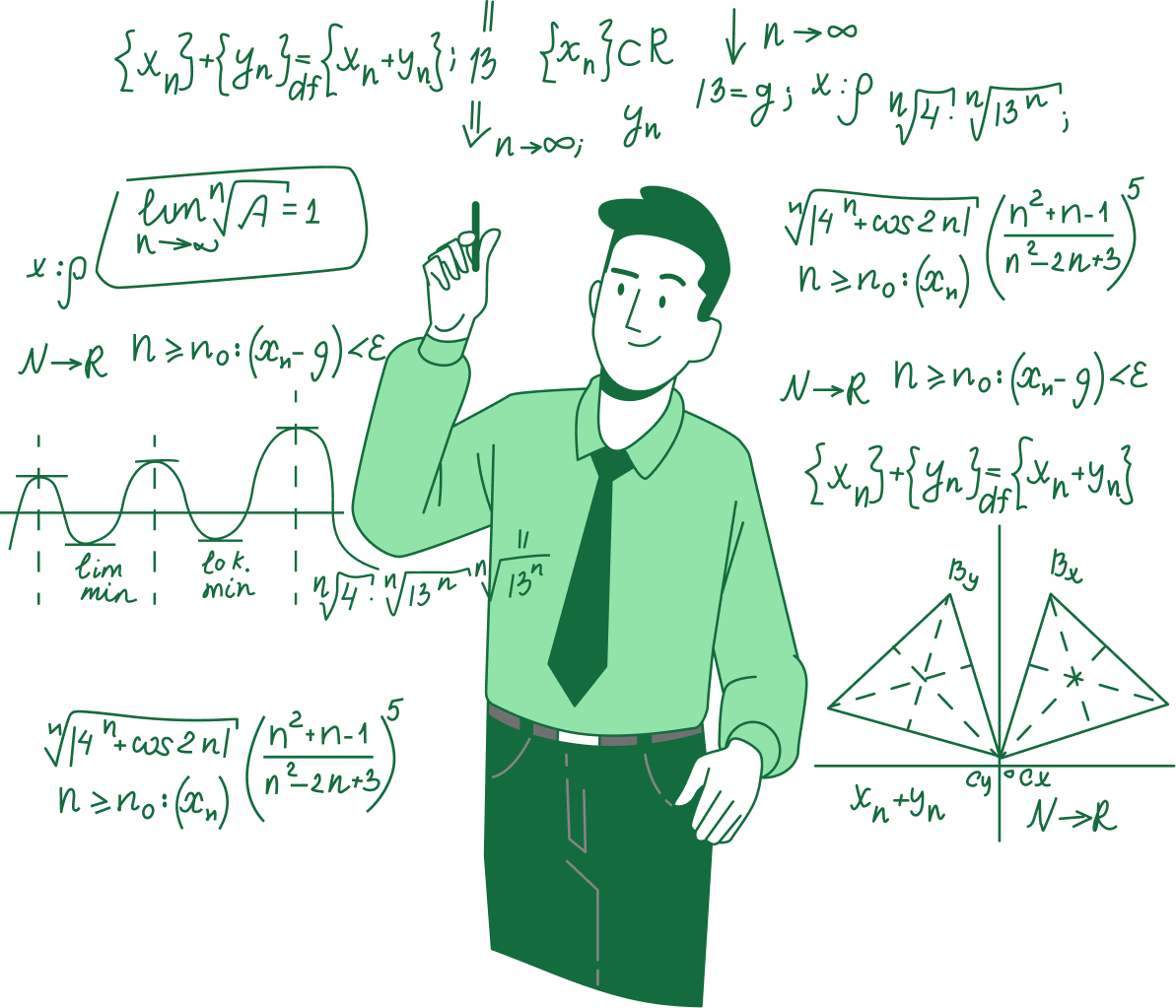Symmetry – Complete Guide For Class 7th Math Chapter 12
Welcome to iPrep, your Learning Super App. Our learning resources for the chapter, Symmetry in Mathematics for Class 7th are designed to ensure that you grasp this concept with clarity and perfection. Whether you’re studying for an upcoming exam or strengthening your concepts, our engaging animated videos, practice questions and notes offer you the best of integrated learning with interesting explanations and examples.
The chapter Symmetry introduces students to the fundamental geometrical concept of symmetry, which is prevalent in nature and various fields such as art and architecture. It explores two main types of symmetry: line symmetry, where an object can be divided into mirror-image halves, and rotational symmetry, where an object looks unchanged after rotation. Through examples like regular polygons and circles, students learn to identify and appreciate symmetry in patterns and structures. This chapter enhances critical thinking and observational skills, fostering a deeper understanding of balance in both natural and man-made forms.
Symmetry
Symmetry is an important geometrical concept, commonly exhibited in nature and used in various fields of activity, such as:
- Architecture
- Jewelry
- Art
- Textile Technology
- Design Creations
- Geometrical Reasoning
Line of Symmetry
When the left and right halves of a picture match exactly, the picture is said to have line symmetry.

Line of Symmetry for Regular Polygons
A polygon is a closed figure made of several line segments. A polygon is said to be regular if all its sides are of equal length and all its angles are of equal measure.
Equilateral Triangle
- An equilateral triangle is regular because each of its sides has the same length and each of its angles measures 60°.
Square
- A square is also regular because all its sides are of equal length and each of its angles is a right angle (i.e., 90°). Its diagonals are perpendicular bisectors of one another.
Pentagon
- A regular pentagon has sides of equal length.
Hexagon
- A regular hexagon has all its sides equal and each of its angles measures 120°.
Multiple Lines of Symmetry
Each regular polygon has as many lines of symmetry as it has equal sides and angles. They have multiple lines of symmetry.

Mirror Reflection
Mirror reflection leads to symmetry, under which the left-right orientation must be considered.

Rotational Symmetry
Rotation turns an object about a fixed point called the center of rotation.
Angle of Rotation
- The angle by which the object rotates is the angle of rotation. A half-turn means rotation by 180°; a quarter-turn means rotation by 90°.
- Rotation may be clockwise or anticlockwise. If, after a rotation, an object looks exactly the same, it is said to have rotational symmetry.

Line Symmetry and Rotational Symmetry
Some shapes have only line symmetry, some have only rotational symmetry, and some have both line symmetry and rotational symmetry.
The circle is the most perfect symmetrical figure because it can be rotated around its center through any angle and has an unlimited number of lines of symmetry.

In conclusion, the chapter Symmetry for Class 7 Math offers a comprehensive exploration of an essential geometrical concept that we encounter daily in various forms. Understanding Symmetry not only enhances students’ appreciation for the balance and harmony present in nature and human creations but also strengthens their spatial reasoning and analytical skills. Through engaging lessons on line symmetry and rotational symmetry, students learn to identify and apply these principles in diverse contexts, from architecture to art.
By mastering the key concepts of Symmetry, such as lines of symmetry for regular polygons and the idea of rotational symmetry, students gain valuable insights into the world around them. The iPrep Learning Super App provides a robust set of tools—animated videos, practice exercises, and detailed notes—to support students in their journey through this chapter. Embrace the beauty of Symmetry and continue exploring its fascinating applications in our everyday lives.
Practice questions on Chapter 12 - Symmetry
Get your free Chapter 12 - Symmetry practice quiz of 20+ questions & detailed solutions
Practice Now








